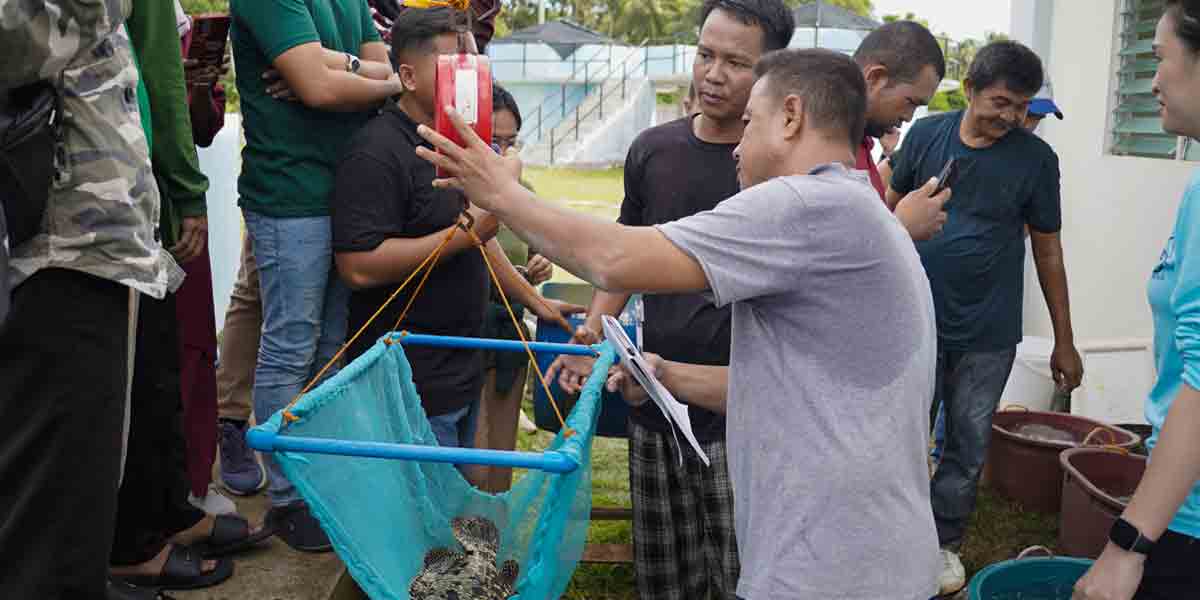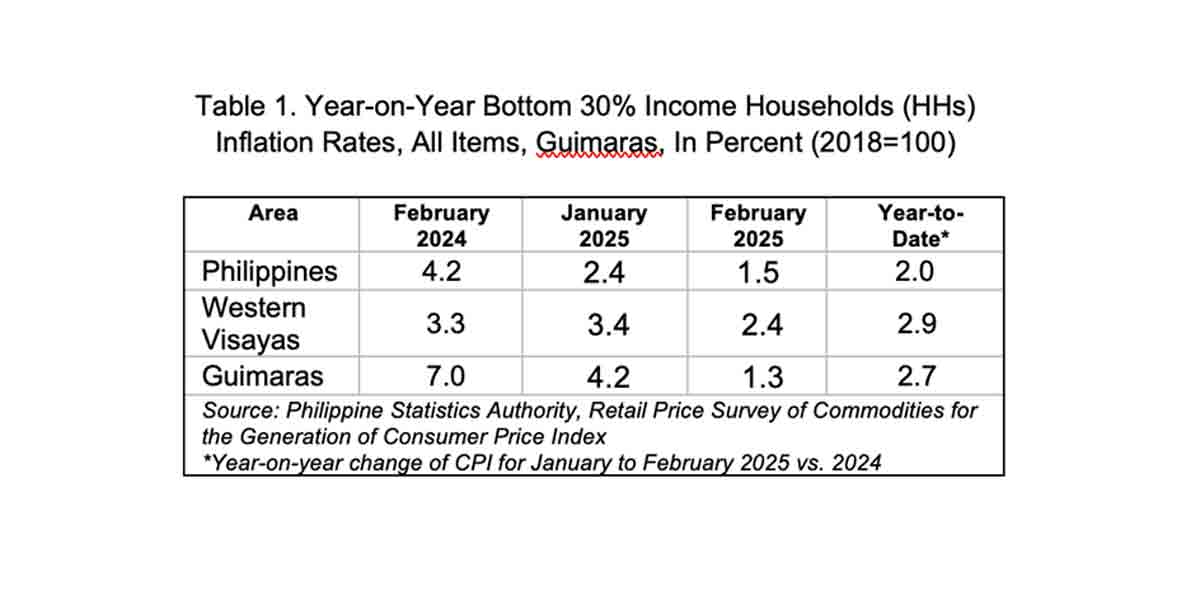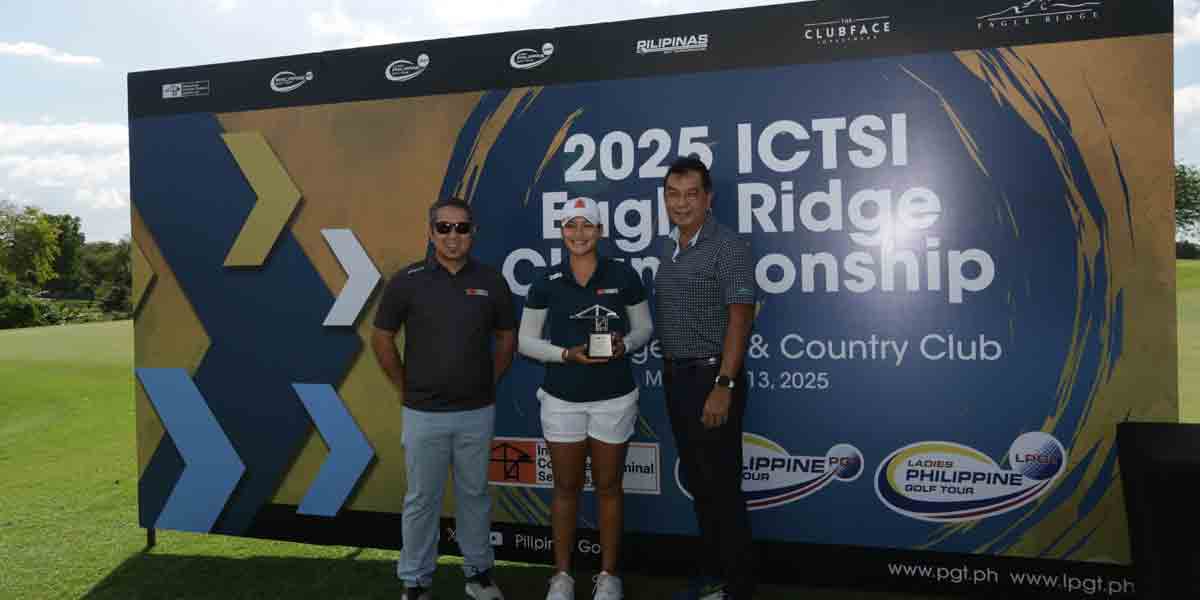
Innovation in life sciences trends upward in the Philippines but the Intellectual Property Office of the Philippines (IPOPHL) recognizes the need to increase collaborative work with key partners to hurdle challenges and speed up the development of life-saving treatments and medical technologies.
In his opening remarks at the “Asian Regional Conference in Support of Accelerated Life Sciences Innovation” held in Mandaluyong City earlier this September, Senior Director at WIPO’s IP for Innovators Department Alejandro Campaña said R&D and innovation outputs in life sciences in the Philippines “has been growing steadily.”
Data from IPOPHL show that patent filings in the pharmaceutical sector have been growing by over 4% annually since 2020.
This marked growth, Campaña said, inspires other countries to follow suit in the Philippines’ strategies, particularly in its adoption of tools and various guidance on best practices developed by WIPO.
One global best practice highlighted by Campaña is fostering collaboration. He said its importance was most pronounced during the COVID-19 pandemic when the development and launch of vaccines, a process that takes 10 to 15 years, was significantly shortened to one and a half years thanks to multisectoral collaborative efforts. This was strongly supported by WIPO’s patent applications data which almost a quarter named more than one inventor as patent holder.
Director General Rowel S. Barba echoed Campaña’s statement, sharing how life science companies, together with government and medical and research institutes, “worked around the clock to develop life-saving medicine and devices that would bring immediate relief to our people threatened by COVID-19.”
For its part, IPOPHL, at the height of shortages of various basic medical supplies during COVID-19, collated technologies developed by innovation partners from IPOPHL’s network of Innovation and Technology Support Offices across the Philippines to provide the public with information on alternative solutions that help fill in market gaps.
IPOPHL had also provided 22 COVID-19-related patent information reports free of charge for the use of the pharma industry, academe and the general public in furthering research and development of anti-COVID-19 treatments.
However, hurdles remain in the way. Adrian H. Sablan, division chief of the IP Management and Technology Transfer Division of IPOPHL’s Documentation, Information and Technology Transfer Bureau, cited some of the key challenges that dampen life sciences innovation, such as the lack of skilled workers; ; insufficient human capital and development funding, tight regulatory environment requiring lengthy process for certification, lack of commercial expertise and partnerships; and lack of collaborations among innovation actors.
Following President Ferdinand Marcos, Jr’s directive to strengthen collaboration with WIPO and other key partners in the life sciences field, Deputy Director General Ann Claire C. Cabochan said IPOPHL “looks forward to working with everyone in applying solutions to our healthcare system for the ultimate benefit of our people.”
The conference forms part of WIPO’s work to promote the tools it developed through its COVID-19 Response Package. Since its launch in 2022, WIPO’s COVID-19 Response Package has provided customized support, resources and technical assistance to member states, from all regions, to address national priorities and challenges related to COVID-19 response, recovery and future pandemic resilience. (Janina Lim/IPOPHL)























